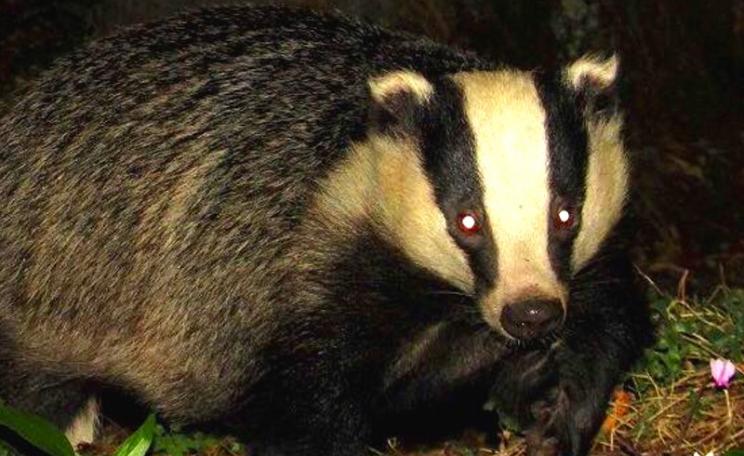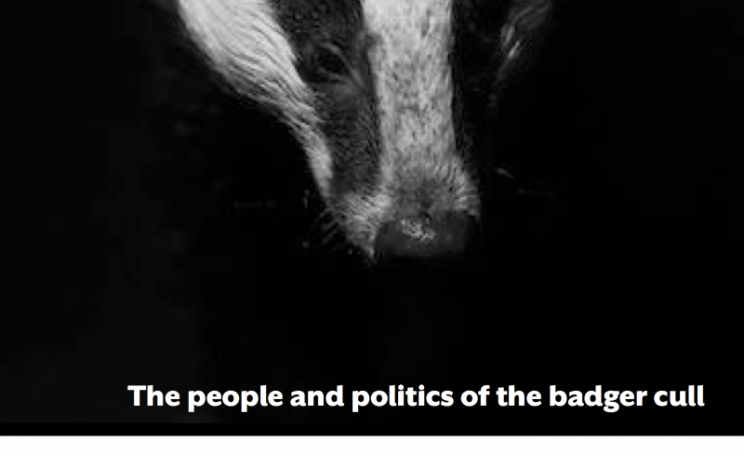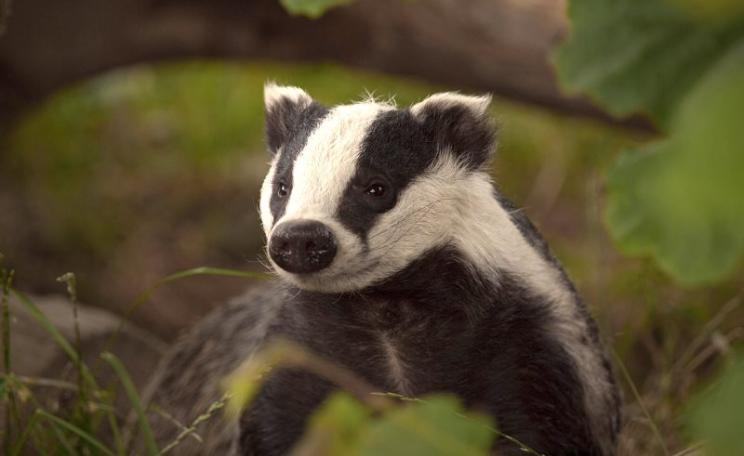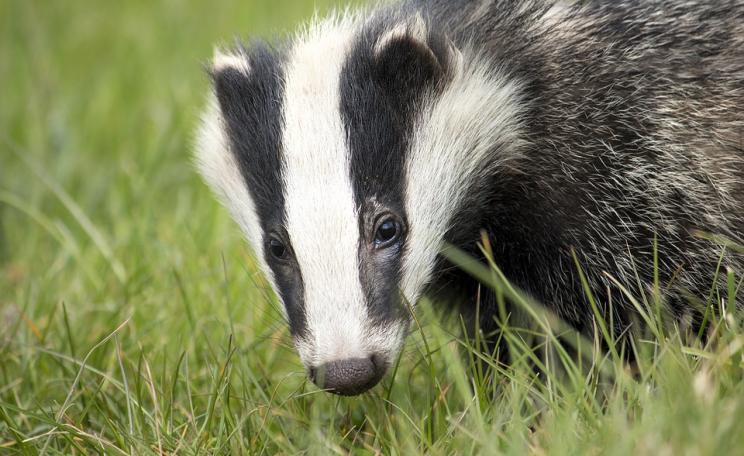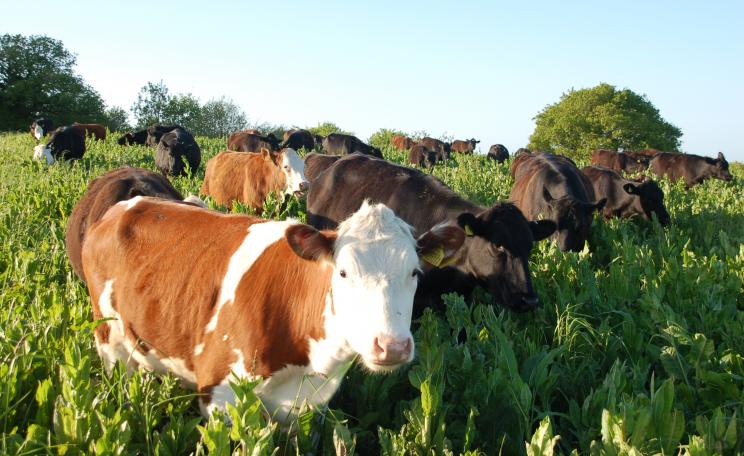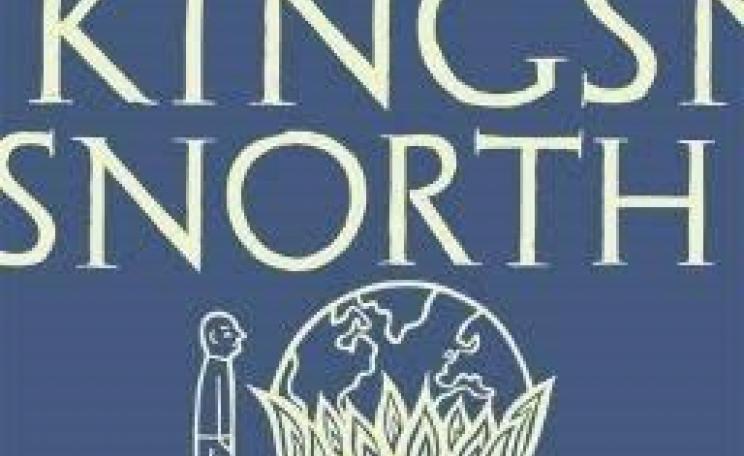A Defra survey from 2002 to 2004 found that six out of seven badgers killed on roads in areas of high infection were also free of the disease.
The British Government seems as determined as ever to pursue its policy of killing badgers to prevent TB in cattle.
This insistence on killing comes in the face of the overwhelming opposition of the British public and their elected Members of Parliament.
It also comes despite:
- the "complete failure" of the pilot culls to reach their targets;
- the leaked information from the as yet unpublished report from the Independent Expert Panel; and
- the slow but steady fall of the incidence of TB in English cattle due, not to dead badgers, but to tighter testing and cattle movement regulations.
But an increasing number of MPs, from all political parties, are demanding an end to the culls.
The pro-cull lobby counter this with patronising statements about knowing that "this is an emotive subject" and have they considered the poor farmers coping with the devastating effects of bovine TB?
A silly question. All those against the culls are aware of the problems of BTB in our cattle and almost all are very sympathetic to those farmers dealing with it in their herds.
But any measures to cut the incidence of BTB must be truly science-based, which the culls have proved not to be.
All resources should go into funding a reliable vaccination scheme for cattle (there is already an injectable vaccine for badgers) and implementing a much stricter testing and bio-security regime, not wasted on ineffective killing sprees.
MPs want effective BTB eradication method
On more than one occasion MPs have gathered to debate the issue of BTB and badger culls,
The debate in October 2012 was the result of a petition launched by Brian May on the government website. The rules state that any petition that gets 100,000-plus signatures could be debated by Parliament. Brian May's petition got over 300,000 signatures.
The anti-cull MPs won the vote by 147 to 28. But the very democratic Environment Secretary Owen Paterson has made it clear that votes will not dictate government policy.
A further debate took place in July 2013. Yet another took place in Westminster Hall last December, in which the Shadow Farming Minister called for any further culls to be put to a vote in Parliament to test their democratic legitimacy. He said,
"There has been no vote whatsoever on the extended culls, which is an affront to parliamentary democracy on so controversial an issue."
A Defra survey from 2002 to 2004 found that six out of seven badgers killed on roads in areas of high infection were also free of the disease.
It was a rout
The latest debate took place on March 13, and there was a marked difference between this and the Westminster Hall debate last December.
And it was a rout of near-unprecedented proportions - the vote went 219 to one against the cull. Though the scale of the victory was thanks to the Government, knowing defeat was certain, ordering its supporters out of the Chamber before the vote. All but one brave soul obeyed.
This time the anti-cull MPs had really done their homework, pressing for a more effective programme to eradicate TB in cattle and coming out with fact after fact to refute the tired and baseless reasons for the cull presented by the other side.
And were those reasons tired! Hadn't we heard them all before and proved them wrong? But when determined on a course of unpopular and wrong-headed action, Ministers and MPs the world over seem to think that if you repeat something often enough it will become the truth.
An example of the nonsense
As one such commented, in total defiance of the facts, " ... we have to recognise that the number of new cases of bovine TB is on the rise; it is doubling every nine years."
This on the day after the latest government figures showed that last year the number of cattle slaughtered because of TB had dropped by nearly 14%
Furthermore over the last 11 years - even after the foot and mouth outbreak that led to a collapse of TB testing, and a restocking of farms with untested cattle that led to a massive increase in BTB - that number has never doubled.
If any research should be done, it should focus on why these numbers spiked so drastically in 2008 - from 26,882 to 39,007. Was this the result of the culling carried out in the RBC trials? Or of more intensified farming with larger herds? Or of ever-greater movements of animals?
The same MP also made a valuable point: "That many of us now live metropolitan lifestyles leads, regrettably, to an increasing misunderstanding of animal husbandry and welfare issues."
Very true. If it were not, people might be debating another pressing animal husbandry and welfare problem, one that leads to many more cattle being slaughtered before their time than are lost due to BTB - cattle going lame.
Emotive exaggeration
" ... on the humaneness issue, I know that this is a sentimental matter for many people", said Farming Minister George Eustice.
While MPs and others who are against culling badgers are often labelled as "sentimental", it didn't stop some pro-cull MPs doing their best to stir emotions. A Shropshire MP talked about sitting and crying with a farmer who had just watched all his cattle being taken away for slaughter.
There are many stories about farmers losing whole herds to TB, yet this is not supported by Defra's yearly statistics, where matching the number of slaughtered cattle against the number of infected herds gives an average of 4-5 cattle per herd being lost.
The fact is that losing even one or two cattle has a serious and detrimental effect on both the farmer and his farm.
He also quoted Richard Yates, vice chair of the Shropshire NFU: "I have a sett in nearly every field. Badgers are out of control. You never see hedgehogs any more, or ground nesting birds, because the badgers are killing them."
What tosh! Sadly, some farmers are ignorant about the ecology of their land. Unless Mr Yates has extremely large fields, he would not have different badger groups living that close to each other. What he has is setts with entrances in several fields.
And the overwhelming causes of the decline of hedgehogs and ground-nesting birds have declined are modern farming practices, and the destruction and fragmentation of habitat. Badgers hardly get a look in.
Withholding the evidence
Both MPs and the public have been waiting for the publication of a report from the Independent Expert Panel (IEP) on the pilot culls. It would assess, in detail, three main criteria:
- the humaneness (can free shooting kill badgers quickly);
- the effectiveness (can enough badgers be killed); and
- the safety (just for humans, one supposes).
It was going to be published early in the New Year but publication has been inexplicably delayed. Some key findings, disastrous for the pro-cull side, were leaked in February, findings that were used by anti-cull MPs to support their case.
Pro-cull MPs made several efforts to abort the debate by insisting no debate should be held until MPs had had a chance to study the report. It emerged, as Labour's Farming spokesman Huw Irranca-Davies put it, that the report:
"has just arrived on the Secretary of State's desk. The pursuant question is why, when it was due to be published in February, it has not been published in time for today's debate."
This caused huge suspicion amongst the anti-cull MPs, one of whom commented: "Perhaps it is no coincidence that the report was produced on the same day that we are holding this debate."
Cherry-picked justifications
The "success" of the Irish badger cull was brought up several times. It helps to underpin the government's belief that "There is no example anywhere in the world of a country that has successfully tackled TB without also tackling the reservoir of disease in the wildlife population."
This has been used many times by Paterson and Eustice in defence of the culls. For some people "tackling the wildlife" always means killing.
But the success in Ireland is not all it seems. MPs pointed out that the drop in TB incidence in Northern Ireland, where no badgers have been culled, was greater than that south of the border. There are also reports of the Irish statistics being manipulated along with cases of fraud.
To top it all, the BBC editorial rules will now not allow it (or Paterson, Eustice and others) to claim that badger culling in the Republic of Ireland has reduced the incidence of TB in Irish cattle - for the simple reason that there is not a shred of evidence to support the claim. Oops!
So how many badgers have got BTB?
Much is made of badgers carrying TB. A Devon MP stated: " ... about 40% of our badger population are infected with bovine TB."
His office said that this figure came from the Krebs report on the Randomised Badger Culling Trials, which apparently gave a high of 37% in TB hot spot areas like Devon.
However in the report's evidence on the prevalence of TB in badgers the authors make it clear that, due to different methods of collecting data, with breaks in the recording of it, and all possibly tainted with bias, it is difficult to come up with any firm and reliable figures.
They recommended that a continuous programme of monitoring badgers killed on roads would be the best way of obtaining more accurate figures.
And a report for Viva! says: " ... since the mid-1970s tens of thousands of badgers have been killed in an attempt to control the disease. Despite this, post-mortem examinations revealed that more than 80 per cent of those badgers were disease-free, and in some areas of high BTB incidences in cattle, no badgers were infected.
Moreover, "A Defra survey from 2002 to 2004 found that six out of seven badgers killed on roads in areas of high infection were also free of the disease."
Now, how did 5.7% turn into 52%?
The anti-cull side produced the fact that badgers are only responsible for only 5.7% of cattle infection.
This apparently serious study, published in PLOS Currents, first found that only 5.7% of infected cattle are infected by badgers - but then went on to claim that badgers were responsible for 52% of cattle TB.
It justifies this paradoxical conclusion by counting all cattle-to-cattle infections as all having been caused by badgers, if a badger was at any point part of the infection chain. However the method used makes the curious and unsupported assumption that "any cattle-to-badger transmission events were negligible".
This assumption is extraordinary as it flies in the face of a strong scientific case to the contrary. For example Jenkins et al argue that:
" ... improved cattle-based controls could contribute to TB management, not only by reducing cattle-to-cattle transmission, but also potentially by limiting cattle-to-badger transmission, with the latter likely to have long-term benefits for reducing future re-infection of cattle."
And Woodroffe et al find that "cattle-to-badger transmission appears to be influenced by cattle testing regimes, which suggests that improved cattle controls might not only have immediate benefits through reduced cattle-to-cattle transmission, but could also ultimately reduce the probability of reinfection from wildlife.
"These results suggest that it may be helpful, in this case, to replace the traditional paradigm of a wildlife 'reservoir host' from which infection 'spills over' into livestock with a more dynamic picture, including substantial transmission both within and between alternative host species."
So ... to blame badgers for so many cattle infections with BTB, is like blaming 'loose women' for speading venereal diseases - while ignoring the role of men in perpetuating the disease cycle.
More hyperbole
Another MP insisted: "What the randomised cull did do was reduce the amount of TB in those areas by some 28% or 29%, which shows that the controlling and culling of badgers does work."
But, as one anti-cull MP reminded the House, the actual conclusion of the Krebs report was the opposite:
"After careful consideration of all the RBCT and other data presented in this report, including an economic assessment, we conclude that badger culling cannot meaningfully contribute to the future control of cattle TB in Britain."
The Government case - as presented by the Farming Minister
"We got on top of TB in the 1960s and '70s by pursuing a badger cull strategy."
Not true. TB in cattle was almost eradicated by 1971, through a regime of rigorous testing and biosecurity measures - and no culling. 1971 was the year that the first badger infected with BTB was found.
Badger culling started in 1975, but complacency over the very low incidence of infected cattle had already led to a lapse in testing and controls with the inevitable rise in TB incidence.
"The RBC trials that the previous Government ran also showed a 16% reduction in the disease."
Not true, no matter how many times they say it. It showed a 16% reduction in the increase of TB incidence. It also showed a rise in TB outside the cull area, due to perturbation.
Look how hard we're working ...
"I agree with hon. Members that improving the control of cattle movements is an important tool in the fight against TB, but I simply point out that we have done a lot already. We now have annual testing in the high-risk area, and four-yearly testing across the whole country."
But please don't mention Wales, where they have had annual testing since 2008, as well as tough cattle movement controls, with good results - a 33% drop in cattle slaughtered and a 23% drop in infected herds. Plus, of course, badger vaccination rather than culling.
"As I said, we are spending £1.6 million a year developing an oral vaccine (for badgers)."
True. And some of the many badger vaccination programmes popping up all over the country are being funded by Defra. But please don't mention that this government cancelled 5 out of 6 badger vaccination trials in 2010. And don't mention the drop in funding for the cattle vaccine research either. And ...
For the umpteenth time ...
"There is no example anywhere in the world of a country that has successfully tackled TB without also tackling the reservoir of disease in the wildlife population."
Aaaargh!
The campaign goes on. And it's no longer just a campaign for England's badgers, it's also one for scientific and political integrity. And that battle is likely to go on long after the badger cull is dead and buried.
Lesley Docksey is a freelance writer who contributes articles to The Ecologist and other news media with international reach on issues of war, peace, politics and the environment.
See her other articles for The Ecologist.


